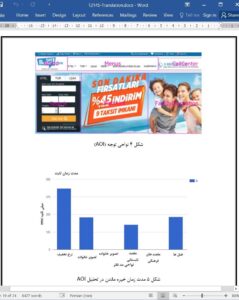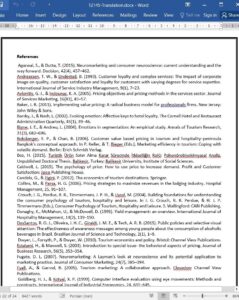Abstract
The price of a product is the key determinant of the revenues and profits of a tourism or hospitality business. Customers form their value judgments of a touristic product or service based on the price they have paid. Moreover, the price of a touristic product or service may have psychological influences on the customer. Thus, the way prices are perceived by potential tourists is of paramount importance. Against this backdrop, this study aims to provide insight into how tourists perceive prices and pricing issues. In particular, it provides neuromarketing examples to explain how tourists perceive prices in holiday advertisements in terms of design features, positioning and content.
1. Pricing
In its simplest definition, pricing is the monetary value of a product or service (Nykiel, 2007: 235). From the customer's viewpoint, price is defined as ‘what she or he must give up to purchase the product or service’. The ‘what’ may include actual money, time, cognitive effort, and transaction costs (Shoemaker & Mattila, 2009: 536). Price influences customers' perceived value. Buyers often use price as a perceptual cue to infer the quality of a product or service. Traditionally, the quality of a product has been treated as the mirror image of the price. Hence, businesses may emphasize the quality of their products and services by raising their prices and emphasize a bargain by decreasing their prices (Estalami & Maxwell, 2003; Hoffman, Turley, & Kelley, 2002). For example, the Gosforth Park Hotel, an upscale hotel in Newcastle, the UK, found that its occupancy rate increased as their prices increased (Kotler, Bowen, & Makens, 2006).
4. Conclusion
This study has explained the psychological aspects of pricing as a marketing mix element. The intangibility and perishability of services pose significant challenges regarding pricing for managers in the hospitality sector. Due to the lack of tangible elements of services, customers may attach a greater significance to price. Moreover, the perishability of services renders the planning and management of day-to-day operations more difficult for managers. Without well-planned and wellimplemented demand and yield management systems, hospitality managers may often have to resort to price-based promotions. This in turn may prevent the development of a strong brand image and result in even narrower profit margins in the hospitality sector.











